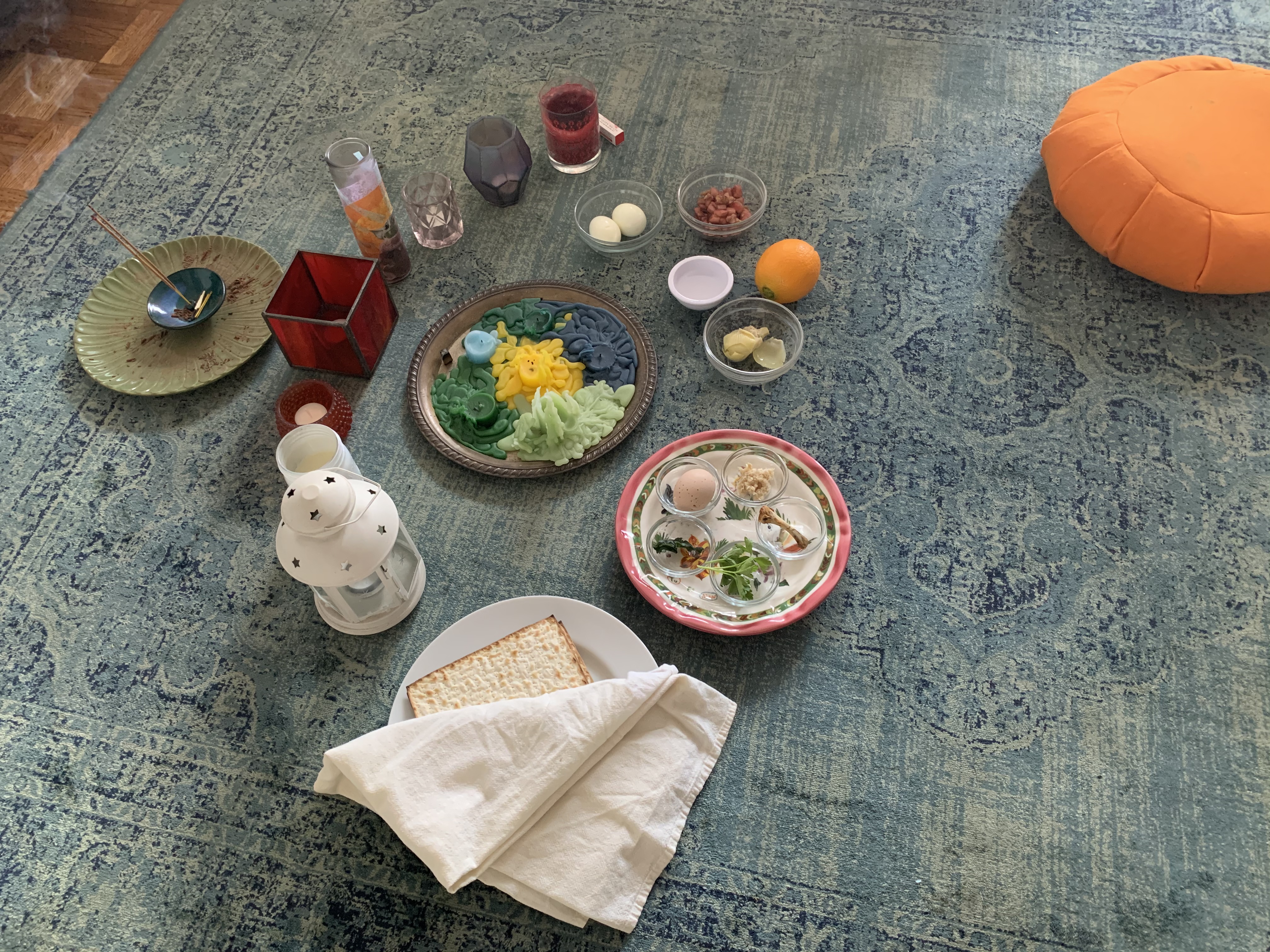Almost Juneteenth
As I wrote yesterday, by nature I’m more fox than hedgehog. And, as a result, this blog has similarly been all over the place. Twenty-some years in, I still can’t seem to figure out if it’s just personal journalling and story-telling, or if I should be trying to share more focused and useful content around a single topic, like fitness or entrepreneurship or productivity, where I hope I’ve accumulated some wisdom.
But what this blog mostly hasn’t been about is taking bold political stands, or advocating for causes in which I believe. I’ve told myself that’s because I don’t want to alienate readers who see the world differently than I do in those specific areas. Though, less charitably, it’s probably because I’ve been afraid of being judged for, or truly held to, my beliefs. And, indeed, looking back now at some of my few posts that did stake out strong political positions, many of which now strike me as exceedingly cringey, perhaps that’s not unwise; it may be I just suck at that kind of writing.
Still, even if silence has felt safe, it now also seems increasingly complicit. Indeed, I noted as much myself when, six or seven years into blogging, I wrote a Judaically-themed post for the first time:
Posting about [Judaism] still makes me vaguely uncomfortable, as if it’s something I shouldn’t share, or at least shouldn’t advertise, about myself. We Jews are a culturally paranoid people – it’s easy to think everyone’s out to get you when, for centuries, they were. These days, bludgeoned as children by hundreds of Holocaust documentaries, we grow up with the message that, sometimes, being publicly Jewish can be rather bad for your health.
With a bit of thought, however, I conclude my tacit ‘don’t ask, don’t tell’ policy simply supports anti-semitism. Instead, I decide to push for understanding through openness; if Chanukah is something I’m thinking about, a part of who I am, certainly, I should be willing to share that.
Fifteen years later, with anti-semitism clearly on the rise, there are as many risks as ever to being publicly Jewish. But it also remains fairly unique as a minority experience, in that I have some choice as to how much I identify (and am identified) as a Jew. Which is why it’s felt increasingly morally bankrupt to not stand in solidarity with the many other minorities who don’t have that privilege.
A few weeks back, when I joined the protests in Harlem, several of my family members called to express their worries about the risks – whether COVID, police violence, or arrest – inherent in that decision. In response, I told them that, if this were the 60’s, I’d like to think I would have marched with MLK on Washington, if not headed down with other Jewish Freedom Riders to register voters in the South. So, much as I was also concerned about my safety, I felt I needed to balance that with my obligation to the greater societal good.
And, in short, I think that applies to this site, too. I won’t be making a hard left turn into nonstop social justice warrior-ing here. But I will, at least, try to be less of a wuss about staking publicly the stances that I think are genuinely important. As I said before, I sort of suck at it, and I’m sure I’ll make a ton more (in retrospect equally cringey) missteps along the way. But, morally speaking, I don’t think I have any other choice.

